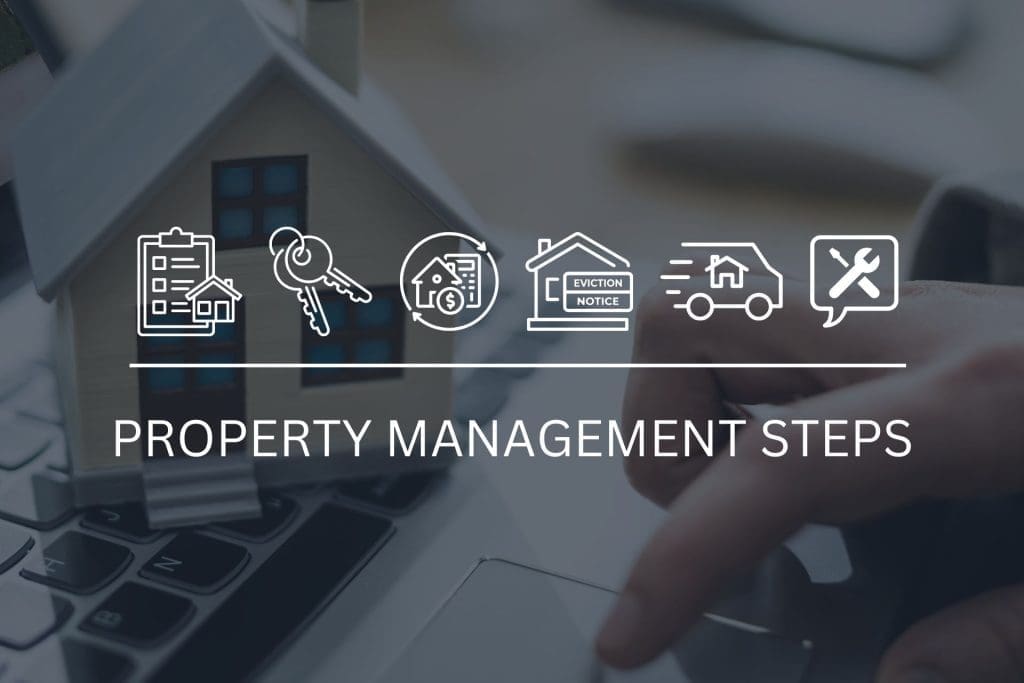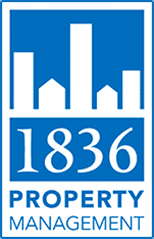Are you a first-time landlord or even a seasoned landlord with a rental property to price? Well we’re here to tell you that we can understand your apprehension and nervousness in doing so correctly. The ultimate purpose behind real estate investing for all of us is to fetch a desirable cash flow in the long run but for that, one needs to set the appropriate price for monthly rent.
The success of earning a desirable ROI (return on investment) depends on six key considerations when setting the rent price for your investment property. By doing this, you will ensure the income you earn from the rental is large enough to cover your expenses (including maintenance, taxes, mortgage, and property management) while also turning a sizable profit.
However, before you just choose any rent rate, know that there is a bit of a science to it. In this article, we will discuss the six elements a rental owner must consider, in order to garner the most resident applications and maximize your investment profit.
1. Market Analysis
The very first thing you’ll want to do is conduct a market analysis to gather some intel on the going rate for other rentals similar to yours and in the same area. This will help you determine what the fair market price should be.
Additionally, you’ll want to know how long the properties sat vacant before going into a lease contract and what amenities or services they offer.
It is important that you compare your property to units that are similar in size to yours for more accuracy. By acquiring such information on competitor properties; you’ll get a fair idea of the baseline you must establish for your own rental.
Not sure how to go about doing a market analysis? Ask your real estate team to assist (hint hint – like your trusted property management partner).
2. Quality Check
This is the next essential consideration when you’re determining the price of your rental. You must ensure that it is absolutely ready to rent out and livable for your tenants to move into right away. It is not uncommon for a rental owner to claim that their property is highly functional – the paint is in great shape, the electricity and gas connections in place and hot water is pouring out of the taps.
But in our experience, things get overlooked when you’ve just purchased a property or when you’ve been renting it out for some time and don’t actually live in it. One might find grease stains in the kitchen, garage, or even living areas; taps might not be running water effectively; your amenities might have broken elements, etc. The list goes on and on.
Hence, if you want to fetch a good price for your rental property, you’re going to want to do a thorough quality check on the property before you rent it out and ensure it’s “hotel room ready”.
From small maintenance items to wiring, plumbing, soundness of the roof and more, everything has to be in prime working condition. This is highly important to justify the price you demand after all!
3. Gut Check
After the quality check, give your gut a chance to voice its opinion too when determining the price of your rental. How do you feel when you hear the quoted price? Does you question how much sense the price is or is not making? After you have checked the market conditions and quality, is the price you’ve set justified? Or is it indicative of something else that is not present on paper but is a reality in your rental property’s case?
Running a gut check after the quality check is equally important. You must take specific considerations into account here, such as your property’s accessibility to certain regularly visited places, the distance between the property and the next door, new infrastructure and businesses coming to the area, and so much more.
4. Seasonality Check
Seasonality refers to the peak seasons where your rental property may fetch a higher rental rate and the off-seasons are when it may stay vacant or fetch less return (or in other words, the time when less renters are moving). However, this does not mean that you manipulate certain conditions just to suit your objectives.
Sometimes, a rental owner has to be tirelessly patient to negotiate and wait for their lease to proceed favorably. Afterall, the goal is to always have your property contracted with little to no turnover.
Remember, a property that goes vacant in the peak season may rent quickly at a higher rental rate, but that certainly may not be the case in off-season. Hence, when you consider all this, it is only fair to give due consideration to seasonality and its impact before quoting your rent price.
5. Forecast Check
For this step, you need to observe the market closely. Not just what the market is doing currently but more importantly where it is heading in the future. You must look at various factors when conducting a forecast check for the market. These include:
-
-
- Economic stability
- How the employment situation will look in the future
- Not just looking at the past history of the market (which appraisers generally do when they’re selling properties)
-
We believe it is highly crucial to give thoughtful consideration to how the market is going to evolve in the future, and its impact on your rental. Do you foresee an economic downturn that the market will suffer? If you do, then set a price that will cover the losses quickly before the downward curve can begin.
Or do you foresee the real estate investing market hitting the roof in the future, just like it has been for Austin, Texas in 2021? Such forecasts play a vital role in determining the price of your rental property.
It is best to enlist your agent and/or your property manager’s assistance to analyze this consideration as their experience and insight will be incredibly valuable.
6. Inventory and DOM Check
Not many rental owners and landlords take inventory and “days on market” into consideration. However, it is crucial to know how many properties are sitting vacant on the market in comparison to what was and is available.
Along these lines, you’ll also want to know how many days on average it’s taking properties to lease once they’ve gone on the market. As well as, the average number of showings it’s taking to lease any one property.
These factors will be a huge component in deciding how competitively you want to set your rent price.
The Bottom Line
Setting your rental property’s monthly rate appropriately is not as easy as it may seem and requires a lot of groundwork before you can set a fair price. The best way to ensure you get desirable returns, which cover your property management expenses too, is to follow our six essential steps.
Could you use some assistance? Feel free to contact us. We look forward to partnering with you to help you reach your financial goals with your investment!
Email: BDM@1836pm.com
Call: 512-994-4323
Watch and Learn instead:
[embedyt] https://www.youtube.com/watch?v=36gnS_pUm7U[/embedyt]
By: Kayla Gonzales, 1836PM Marketing Manager







